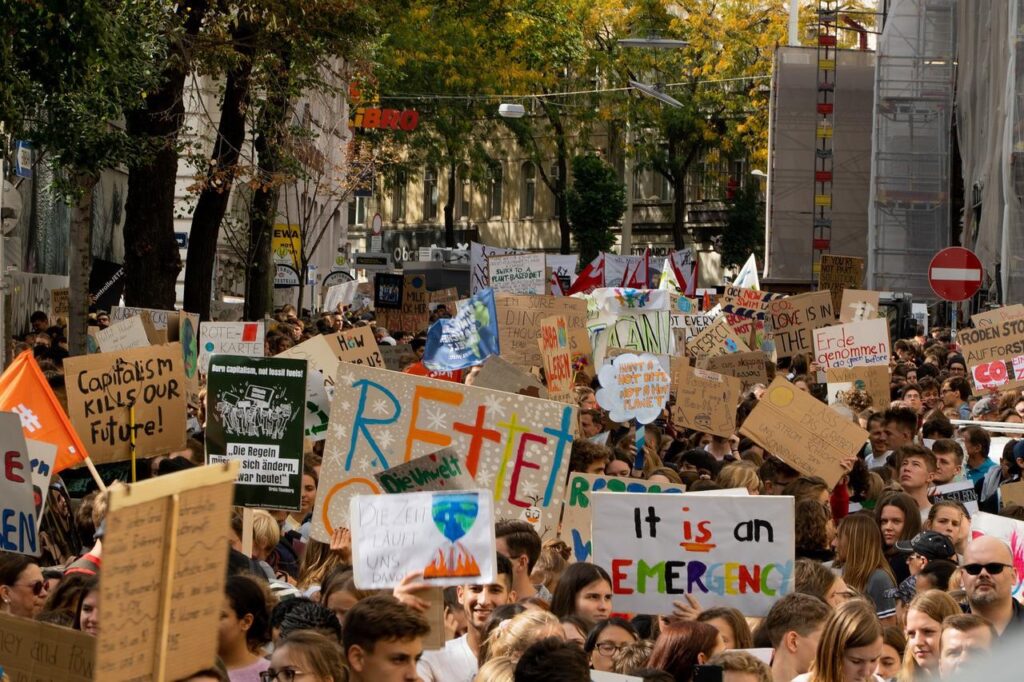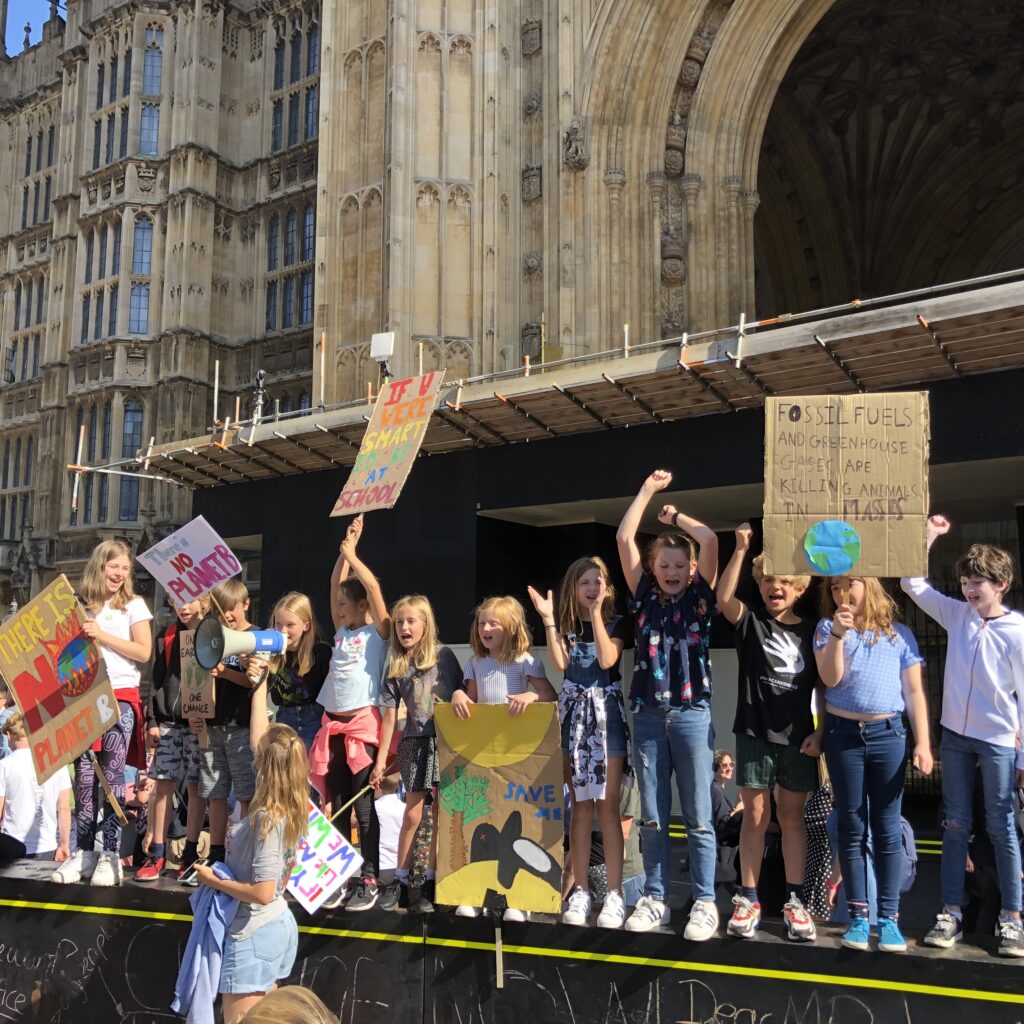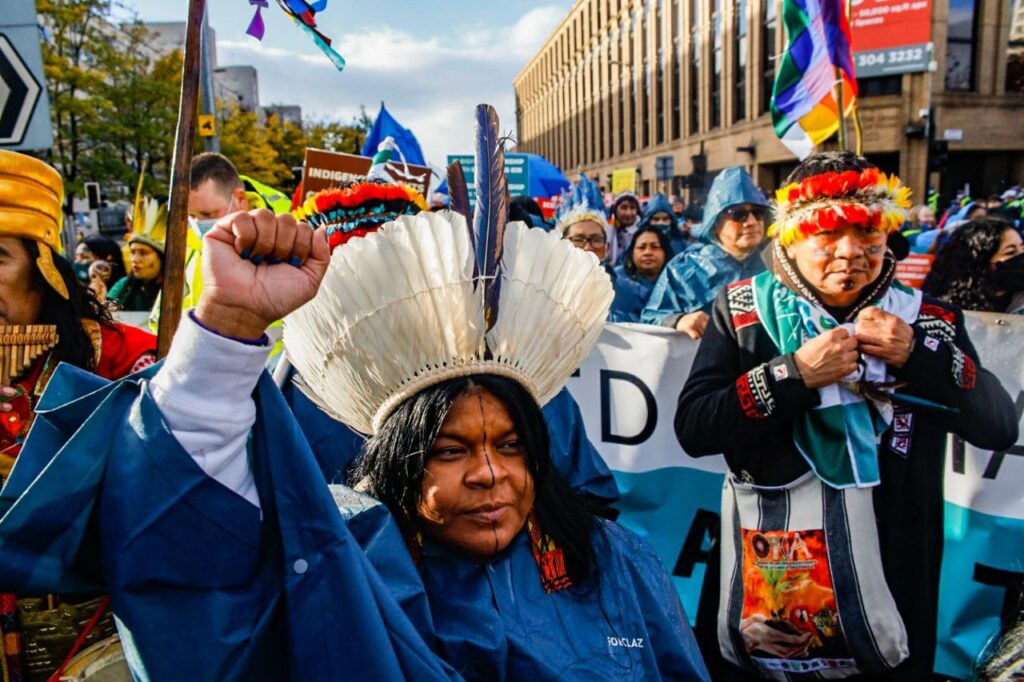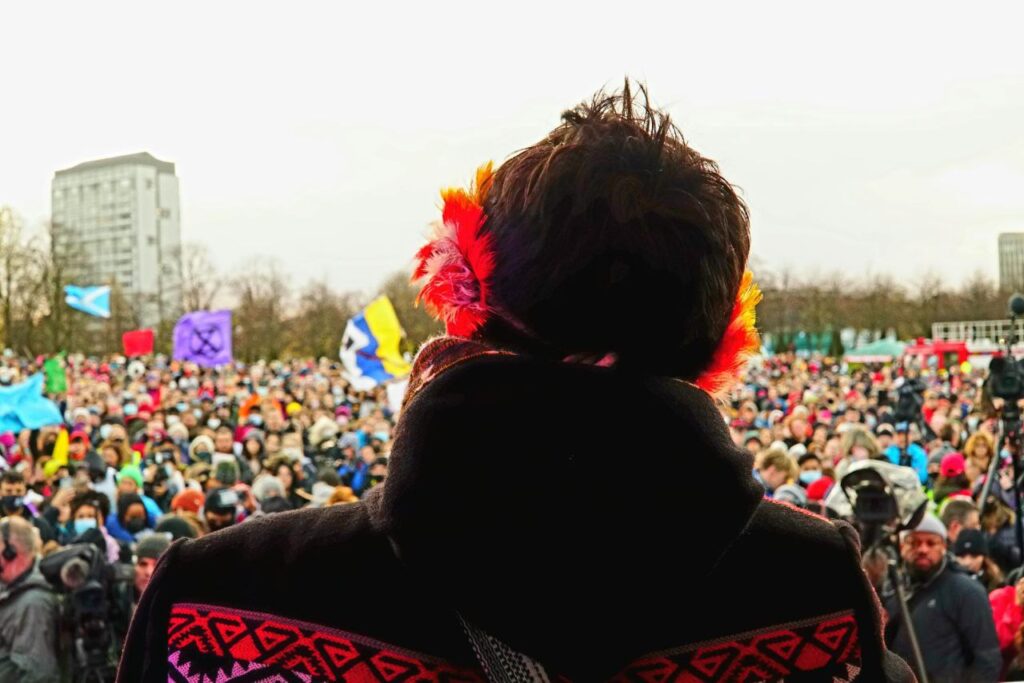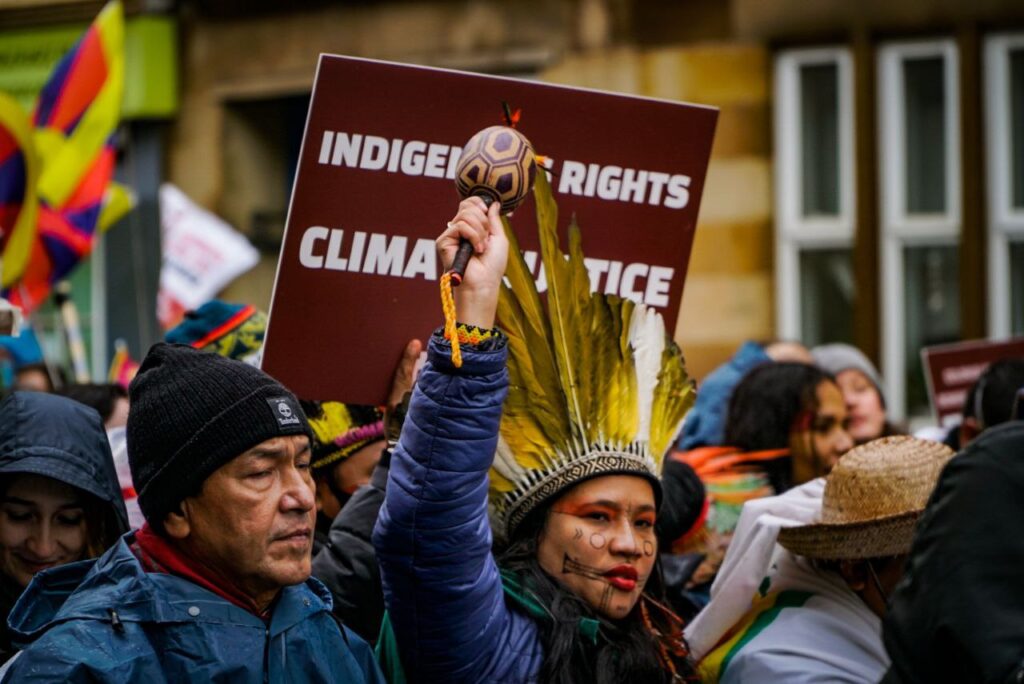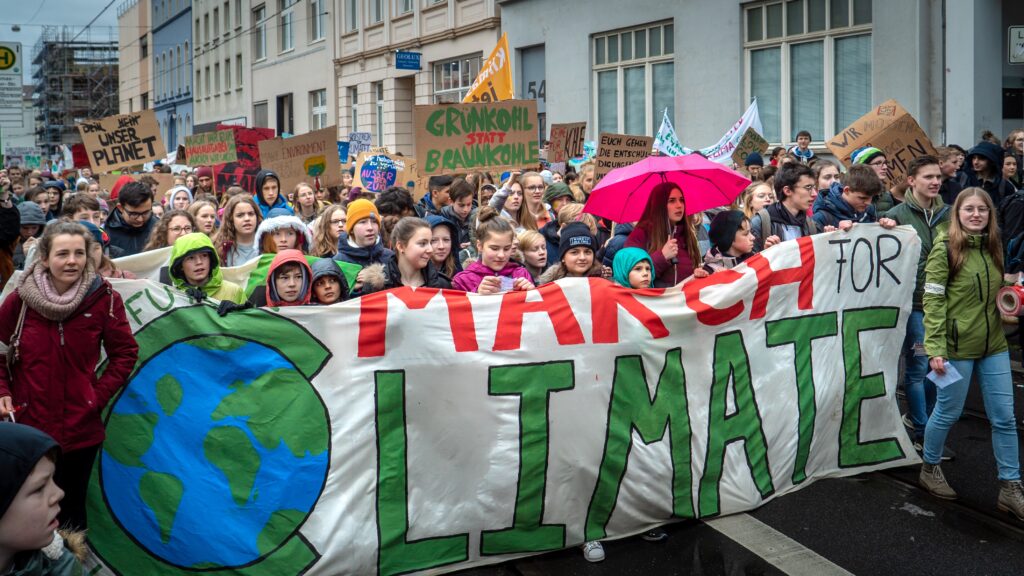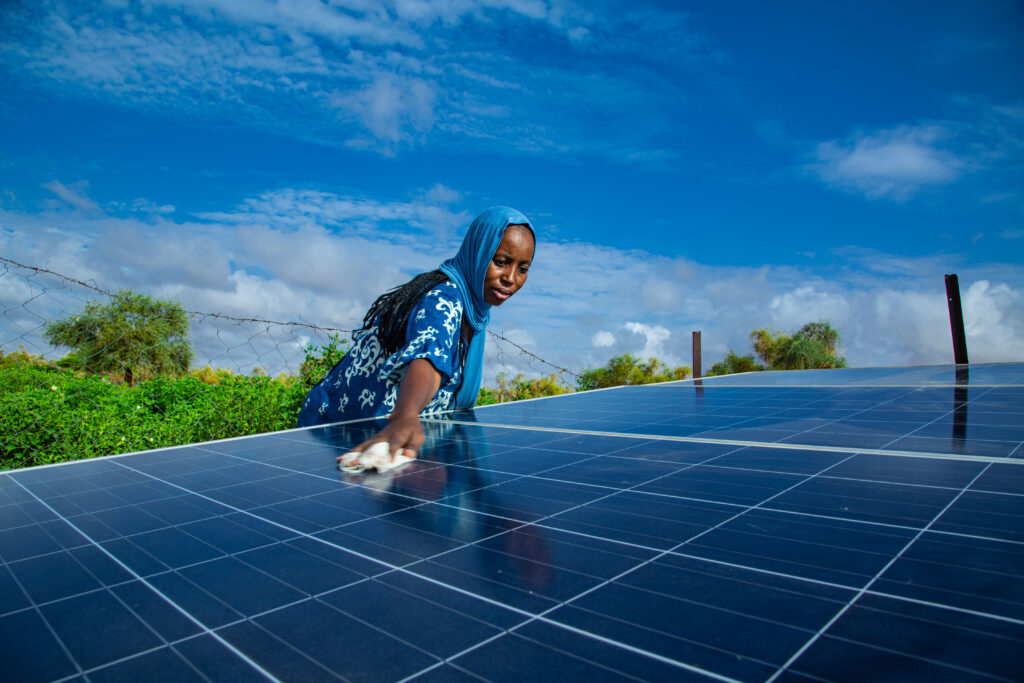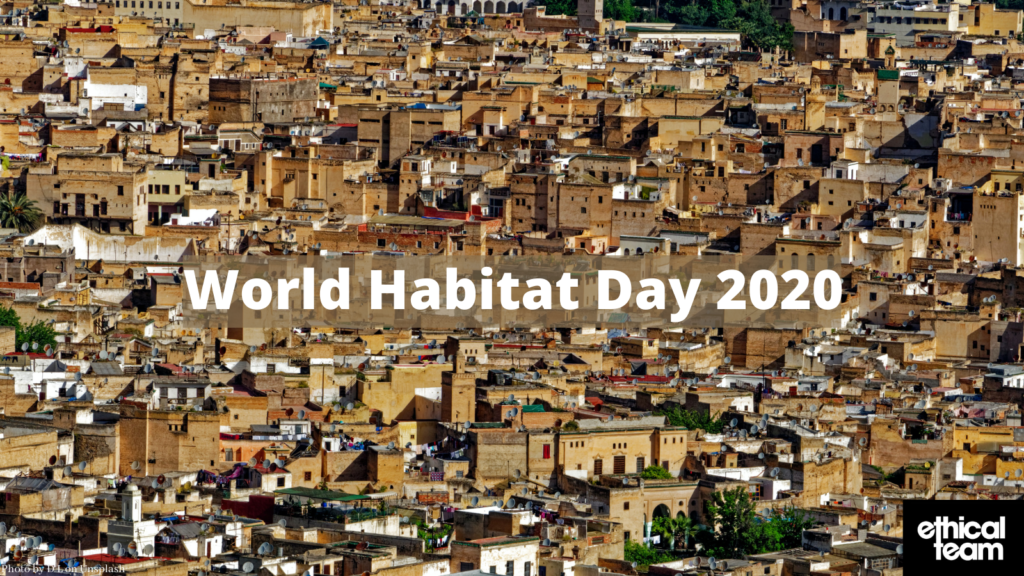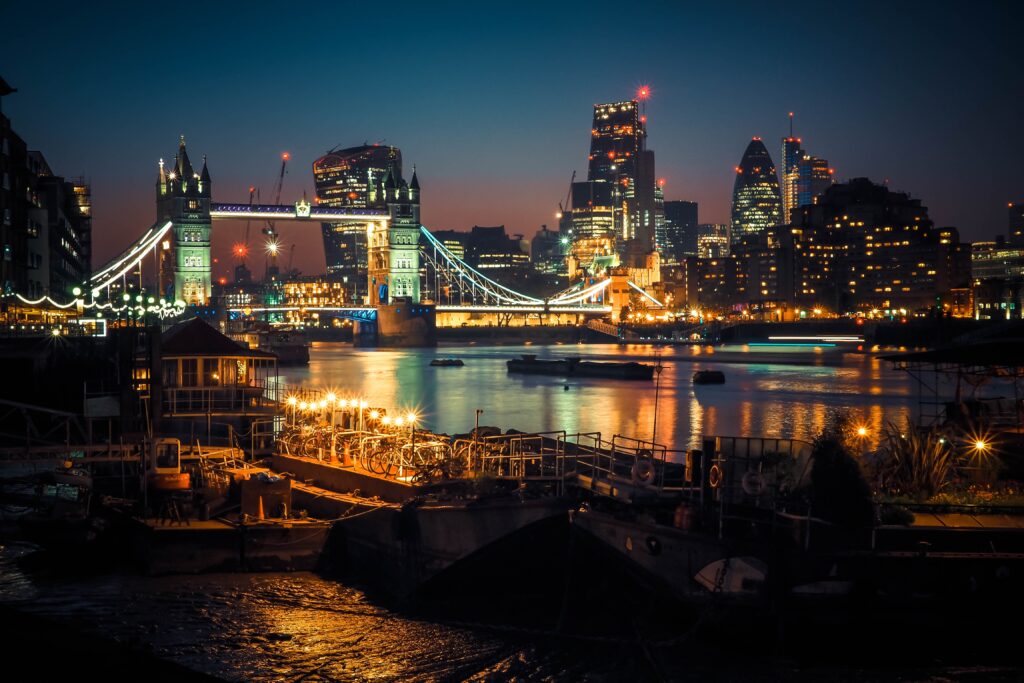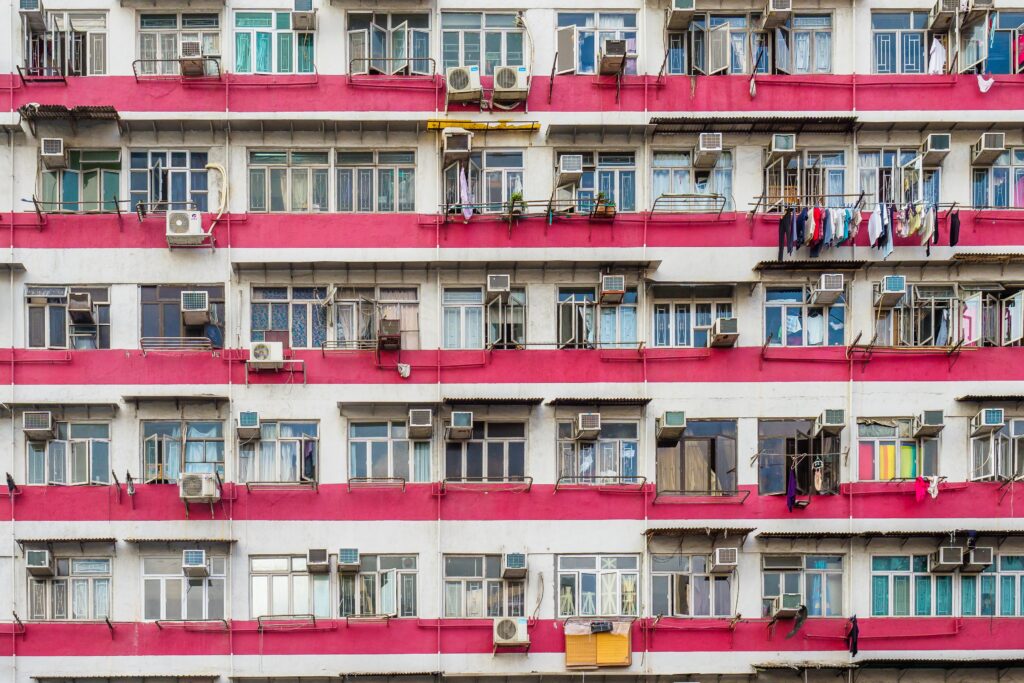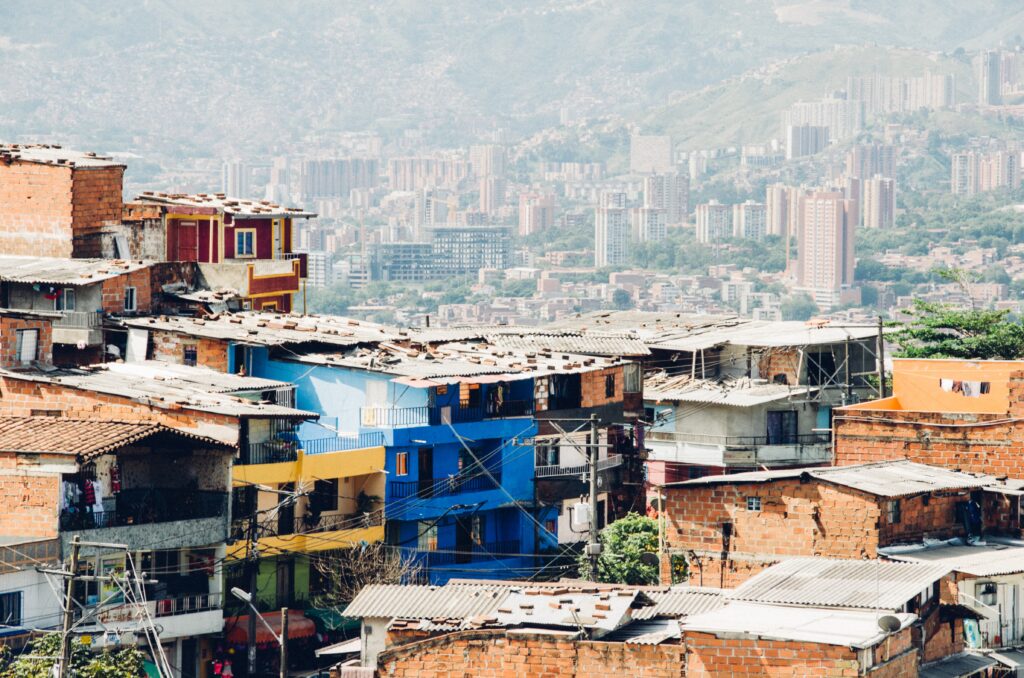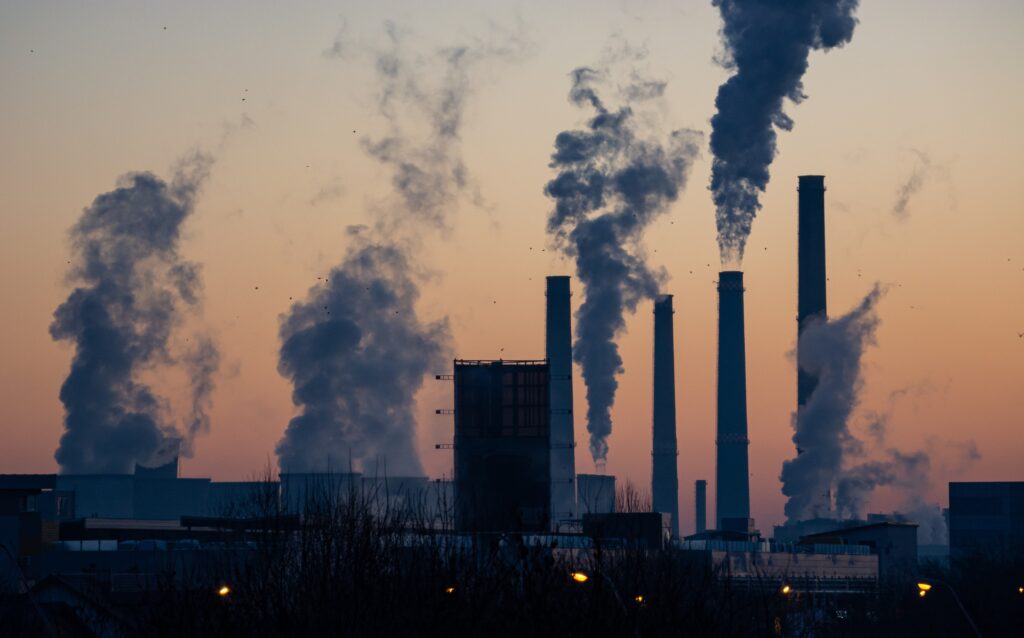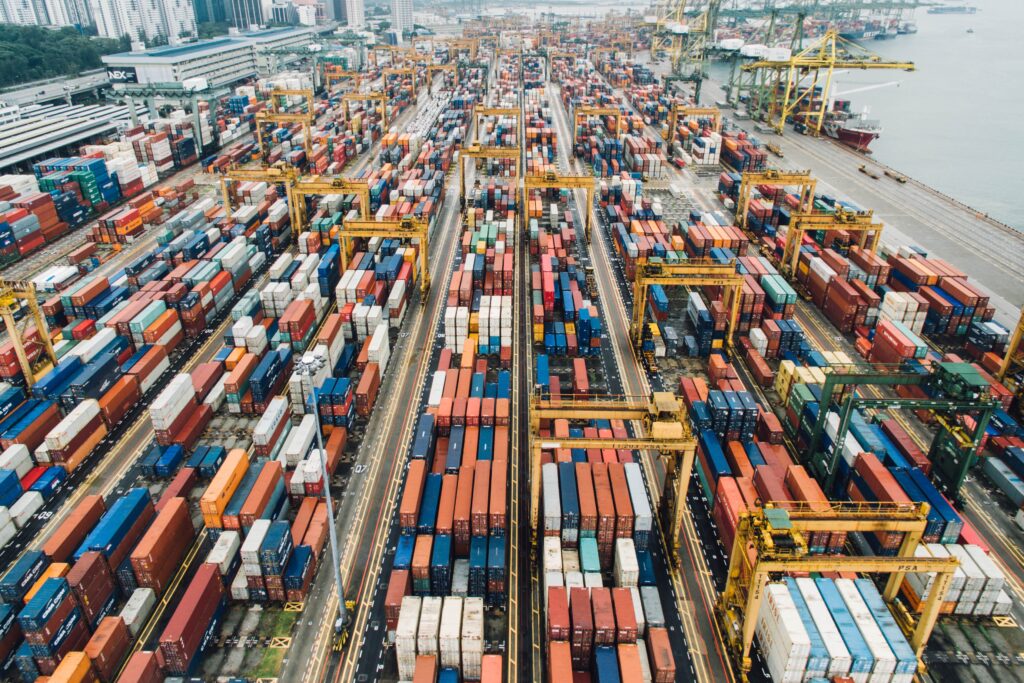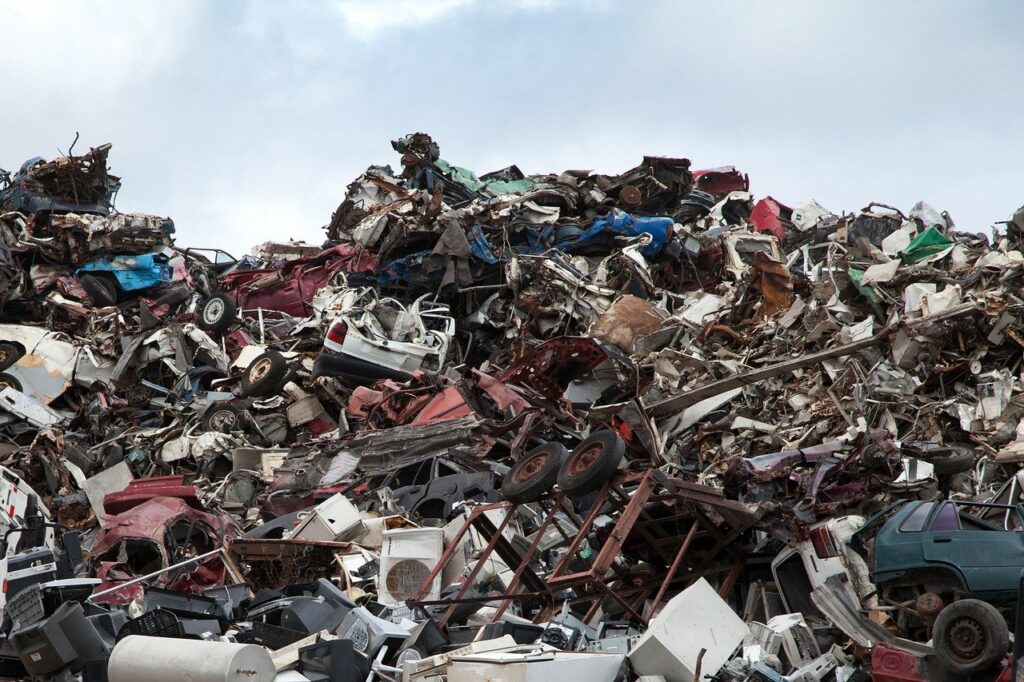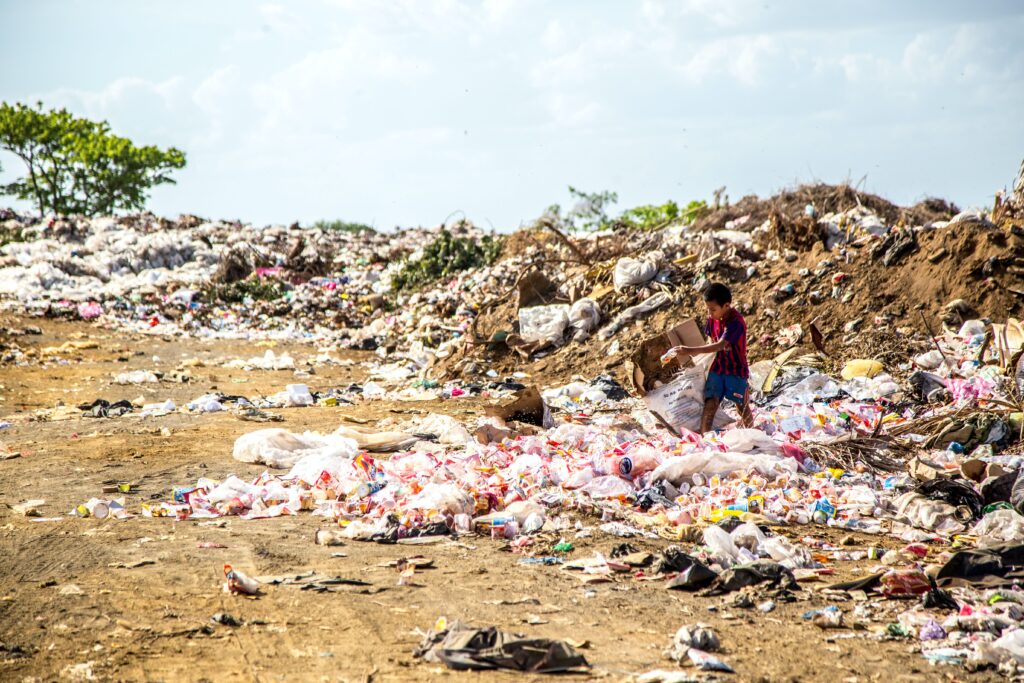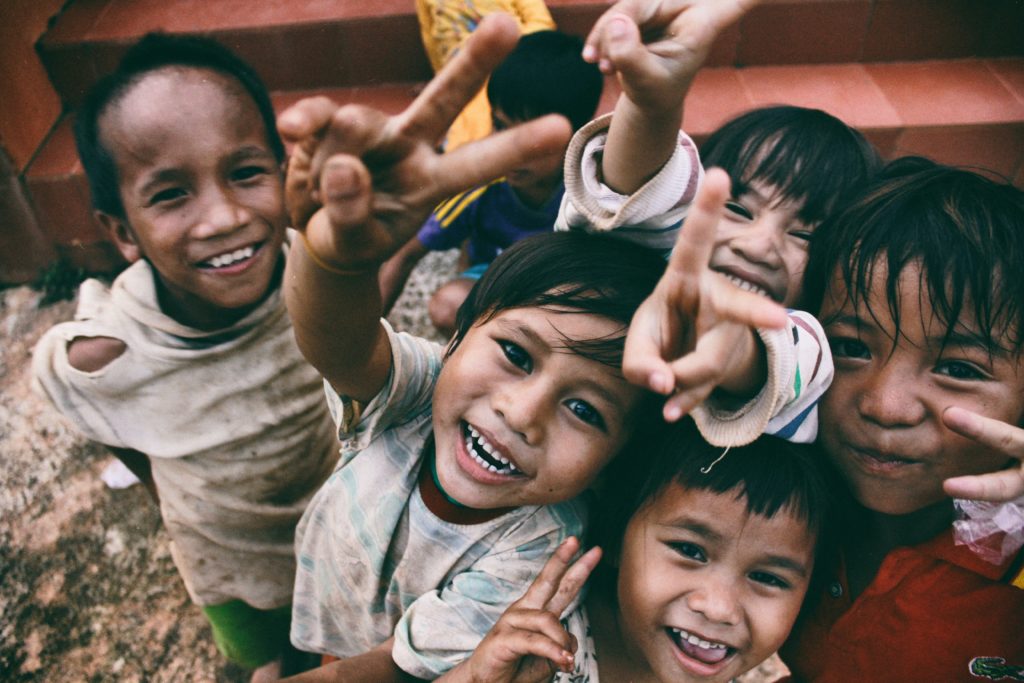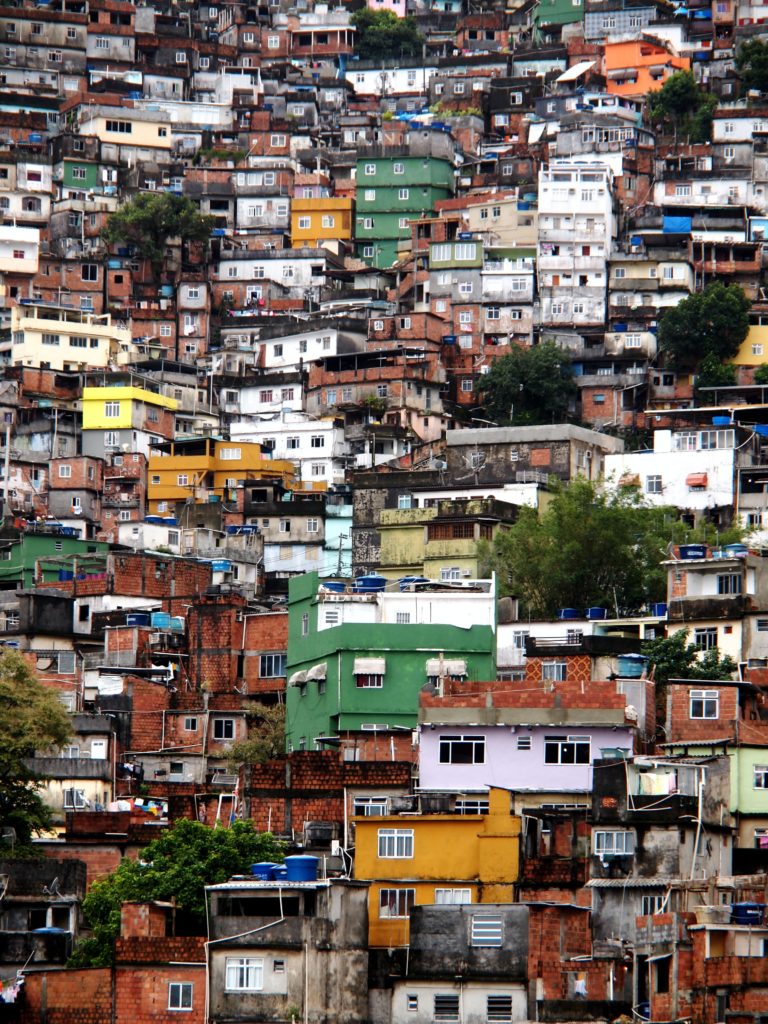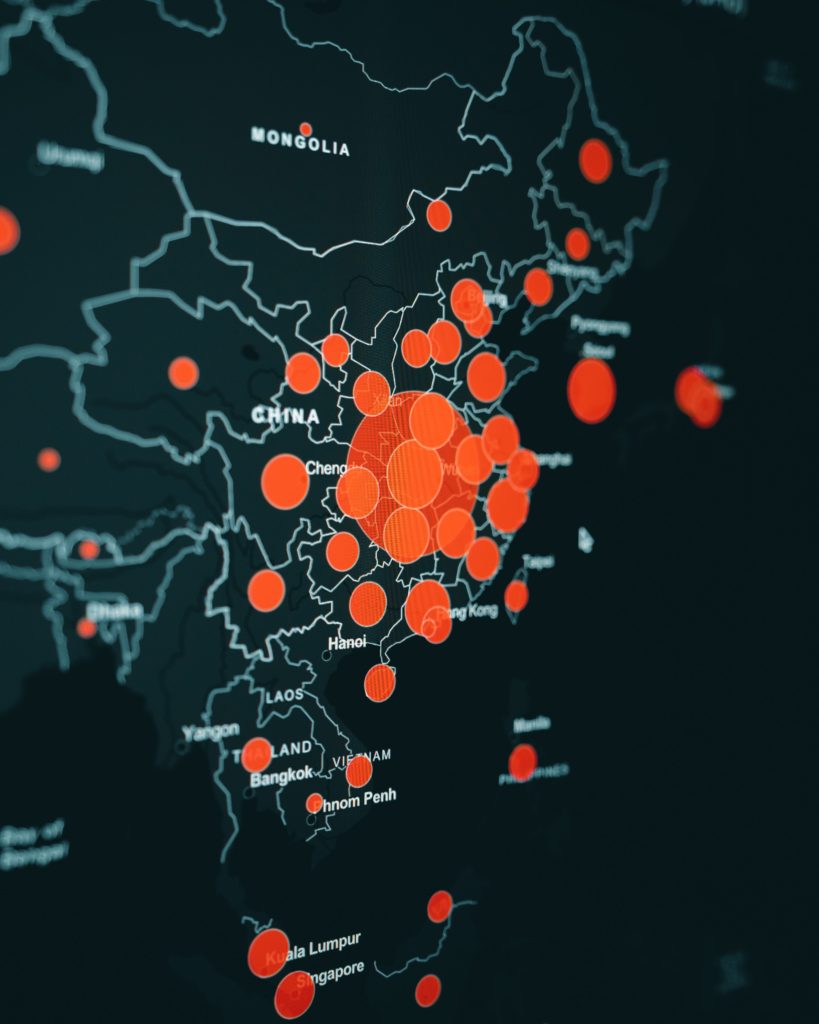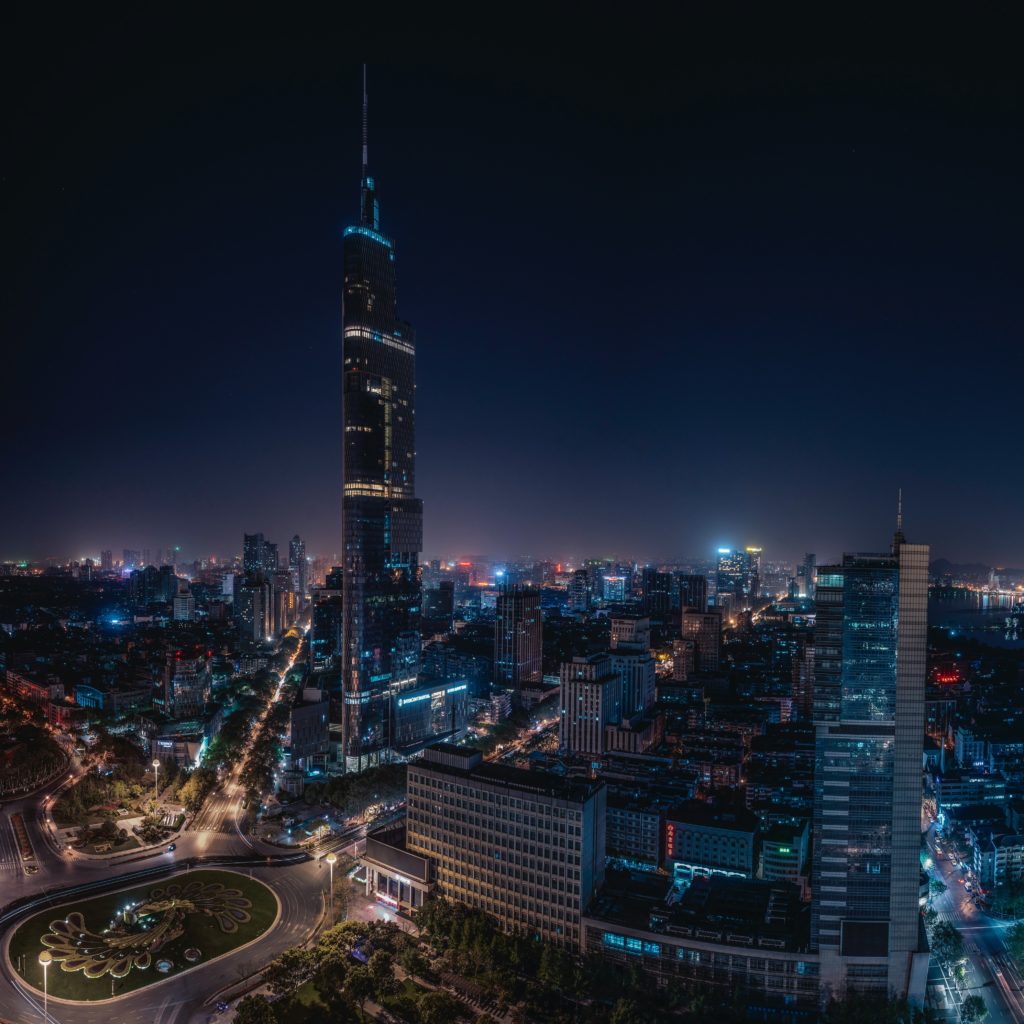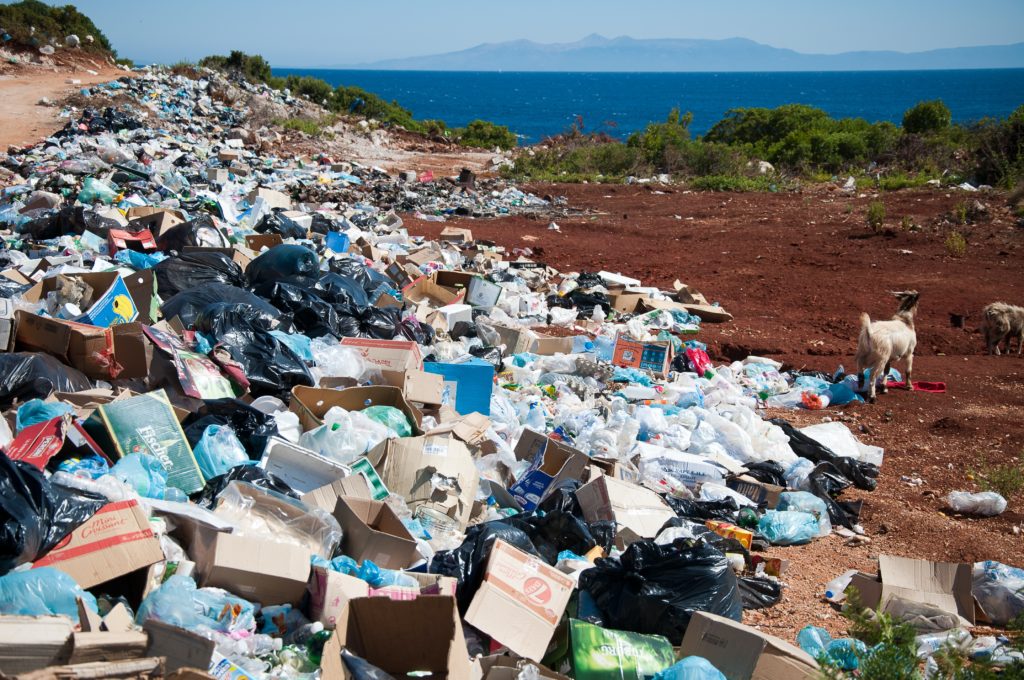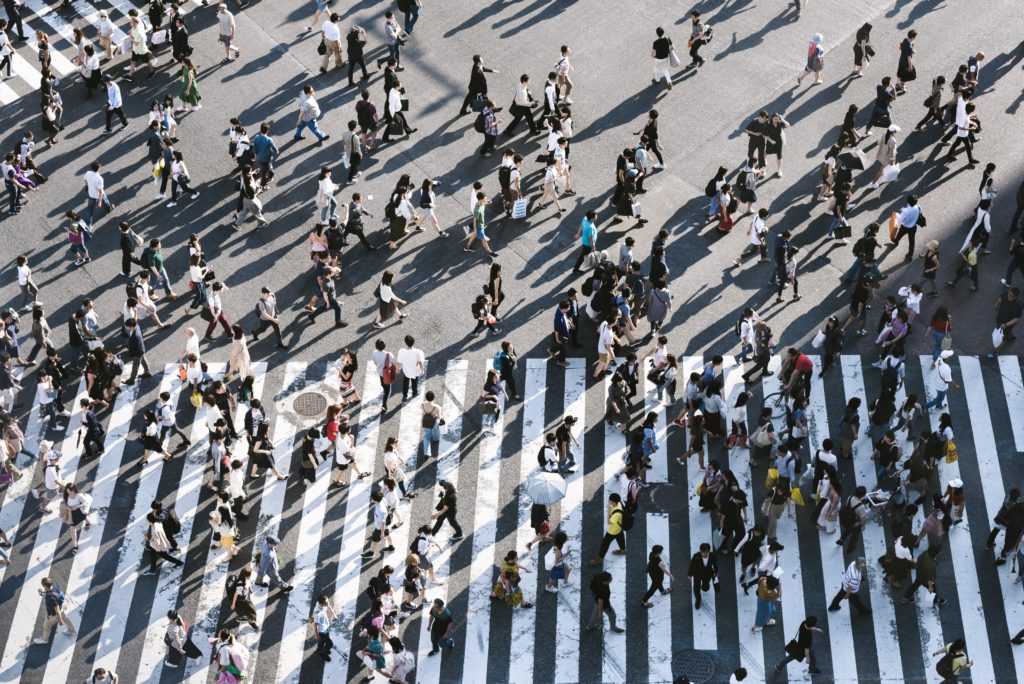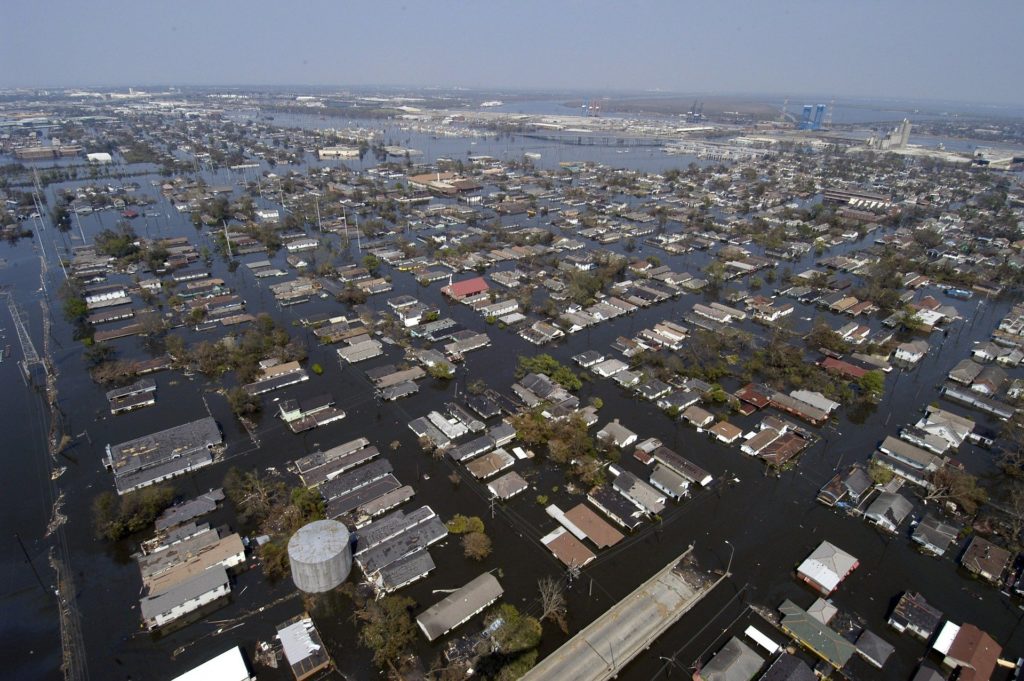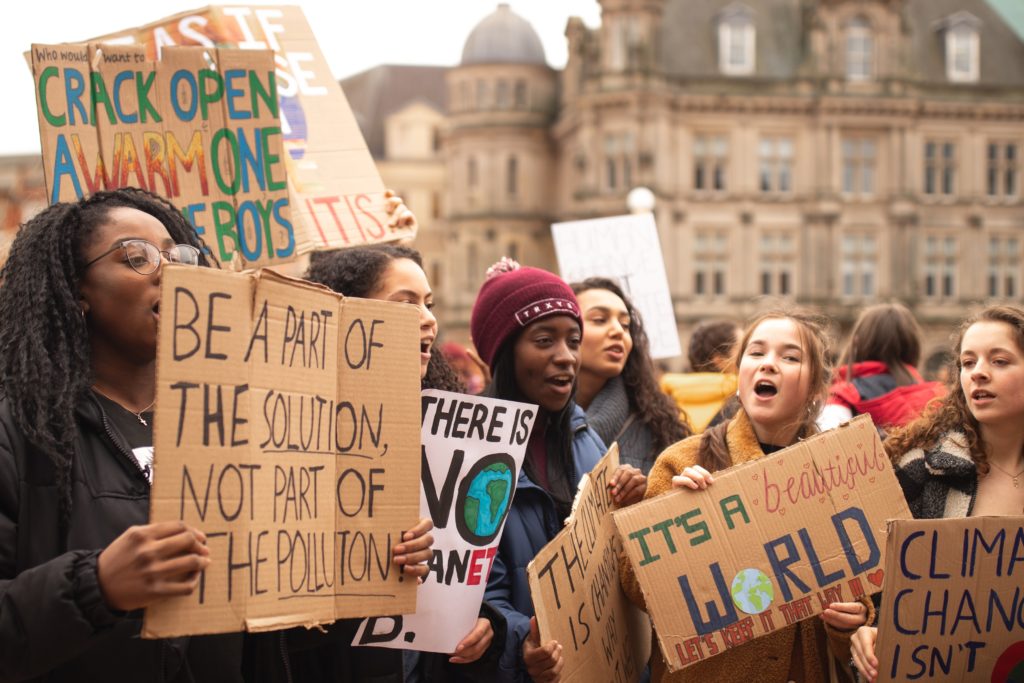
By Olamide Jasanya
The 2022 edition of World Earth Day may have just passed, but its lessons still resonate with those that choose to listen. This year’s theme is a more pragmatic follow up on last year’s ‘Restore Our Earth’. It charges everyone to “Invest in Our Planet”, and although not explicitly stated, it can be safely inferred that a large portion of the people for whom this message is meant, are corporate bodies. But contrary to what many would think, this is not so much about their financial muscle but primarily because they are the most significant contributors to climate change, according to a recent Guardian report. As such, shouldn’t they bear the greatest responsibility for fixing it alongside governments?
The days when businesses could get away with harmful business practices designed to maximise profits with no concern for the environment are long gone. Now enterprises are under even greater scrutiny for their contribution to climate change. This undoubtedly negates the previously long-held idea of famous Economist and researcher Milton Freidman, who theorised in 1962 that businesses must concern themselves only with activities designed to increase profits. However, the truth in this theory has now been washed away in the wake of the environmental and climate crisis at hand – the collapse of complex ecosystems, diverse habitats and the very survival of human civilisation.

Events of the past few years, significantly rising sea levels, uncontrollable plastic pollution, catastrophic climate change and escalating carbon emissions all highlight that companies have to be part of the solution as well as being part of the problem.
Several researchers have made staggering revelations about how the actions of business and industry continue to jeopardise the planet’s wellbeing. According to a McKinsey report, the global temperature may rise to 5-degree Celsius by 2050. Indeed this makes the strongest business case in history if there ever was one worth sharing globally – why corporate organisations should not only prioritise sustainability but must do it now and entrench it in every aspect of their business operations.

In fact, the reasons to do it now are because many businesses are losing their social license to operate as shareholders and consumers are demanding boardrooms to act now and embrace social and corporate responsibility in light of the recent IPCC report. Although some have begun complying, many more are laggards, perhaps unaware of the benefits they are losing out on.
There are an infinite number of reasons for corporates to join the race towards sustainability, and quickly too.
- Customers are demanding more: The Covid-19 pandemic and ensuing periods of lockdown brought the environmental harm caused by humans into sharp focus. The world observed the resurgence of the natural world and reduced emissions from, for example, flights due to the change in our lifestyles. According to research from Deloitte, 86% of consumers surveyed in the UK have adopted more sustainable lifestyles and are starting to limit plastic use, reduce air travel and shop locally. They have extended this to their choice of products and preference for companies that embrace sustainability, too, a trend that may soon determine which companies will be profitable or not in the future. However, some companies are slow to change and are not acknowledging the scale of climate breakdown or the climate emergency that many cities and towns have declared.
- Employees want to work with companies that care for the planet: The advocacy for sustainability is not only championed by consumers but employees too. According to research from Fast Company, millennials are happy to take pay cuts to work for environmentally responsible companies. This change clearly shows that, just like consumers, job-seekers are no longer swayed only by fat pay cheques but by the company’s level of commitment to the environment. The full impact of this on businesses will be realised when millennials make up three-quarters of the workforce in the next 10-15 years. Therefore, companies who hope to remain profitable and attract top talent will need to adjust their business model to put environmental responsibility at the centre.
- Investors are focusing on Environment and Social Governance (ESG): Investors are aware of stranded assets and want to protect their long-term investments. However, they realise that the return on their investment is due mainly to how well society responds to the company’s product offerings. As a result, investors are now part of a massive cultural shift to identify how sustainability-conscious a company is and its ESG ratings before deciding to invest. After all, there are no jobs on a dead planet!
- Limited Regulatory Infractions: The Paris agreement and other global frameworks are imposing tighter policies so that companies and governments reduce their carbon footprints. In reaction, some countries have continued to propose national policies that seek to reduce carbon emissions and other activities damaging the ozone layer. For example, the UK will phase out petrol and diesel cars by 2030. Companies that act in accordance with these and help government achieve its set target are likely to enjoy favourable relationships resulting in tax breaks alongside other corporate incentives.
The race continues towards the eventual collapse of our planet or towards its restoration. The choice is ours. The clarion call has been made multiple times by the Intergovernmental Panel on Climate Change is an intergovernmental body of the United Nations responsible for advancing knowledge on human-induced climate change (IPCC) and various UNFCCC COP conferences. Either way, what is certain is that our actions, and indeed, that of every stakeholder, especially corporate entities will determine the outcome of this race.

However, as was made clear during this year’s World Earth Day, “This is the moment to change it all — the business climate, the political climate, and how we take action on climate. The time for unstoppable courage to preserve and protect our health, our families, our livelihoods… together, we must Invest In Our Planet.”
Because a green future is a prosperous future for us all.
